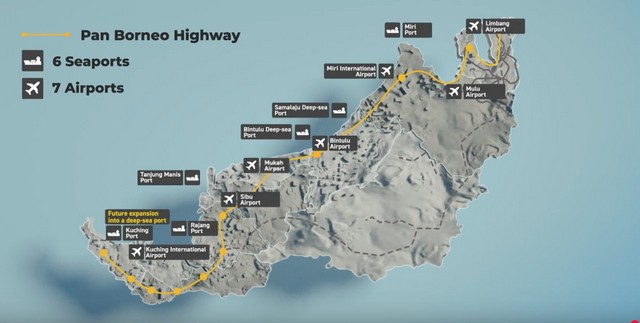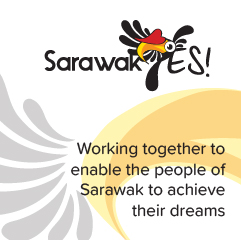Unveiled in 2021, the Sarawak Gas Roadmap (SGR) represents a pivotal component of Sarawak’s ambitious journey towards economic growth and sustainable energy development.
Recognising energy as a fundamental building block for development, the roadmap is designed to optimise Sarawak’s vast natural gas resources to support massive industrial growth and bolster infrastructure initiatives while aligning with global transitions toward low-carbon solutions.
The Vision Behind the Sarawak Gas Roadmap
Sarawak’s position as a regional energy powerhouse is well-established. The state contributes significantly to the nation’s energy exports — holding around 50% of Malaysia’s natural gas reserves and 10% of the Asia-Pacific region’s reserves. According to the Sarawak Premier, the state’s oil and gas sector has yielded significant achievements in recent years, with RM10 billion in 2023 from Petronas comprising of sales tax, dividends, and royalty.
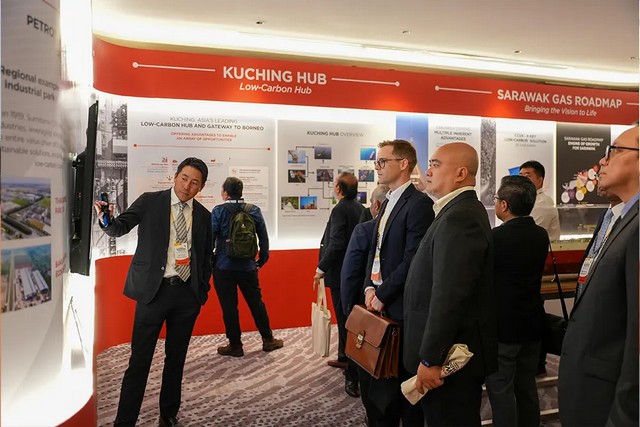
In response to global demand for low carbon solutions that requires natural gas as a bridging fuel, the SGR aims to leverage Sarawak’s vast resources and its strategic location at the centre of global maritime traffic and stable tropical climate to not only support Sarawak’s economy but also position the state as a leader in clean energy production.
“Malaysia’s OGSE sector is projected to reach RM40 billion to RM50 billion by 2030. By leveraging Sarawak’s growing oil and gas activity, local Oil & Gas, Services and Equipment (OGSE) companies can partner and learn from industry leaders, propelling them to regional prominence and, ultimately, global success.”
With natural gas as a bridging fuel, the roadmap aims to support various large-scale industries while diversifying Sarawak’s power generation mix with low-carbon solutions in alignment with Malaysia’s 2050 carbon-neutral goal and transitioning from coal power plants to lower emission gas-fired power plants.
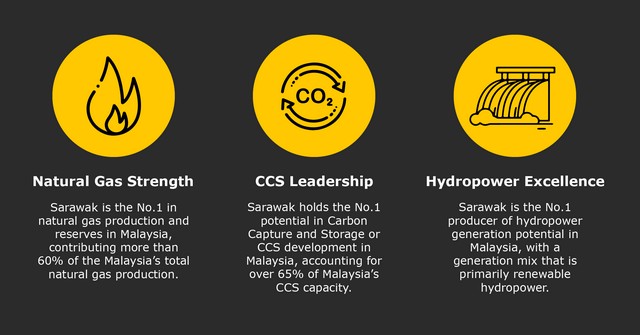
Key Objectives and Development Plans Of The SGR
The ultimate goal of SGR is to increase domestic gas consumption share from its current 6% to 30% by 2030 as part of a larger strategy to harness the state’s natural gas resources for socio-economic transformation. This goal plays into Sarawak’s broader vision to generate one GW of electricity by 2030 and 1.5GW by 2035, leveraging on a mix of hydro, gas, hydrogen and solar energy sources.
The overall strategy of SGR is combine the potential of 4 strategic hubs across Sarawak; Kuching, Bintulu, Samalaju and Miri in order to leverage the state’s natural gas as petrochemical feedstock and fuel across various industrial sectors and power, thus enhancing state-wide utilisation of gas. As such, Petros is investing RM4 billion in Bintulu, Samalaju, and Miri hubs in the next three years to promote greater growth in domestic gas statewide.
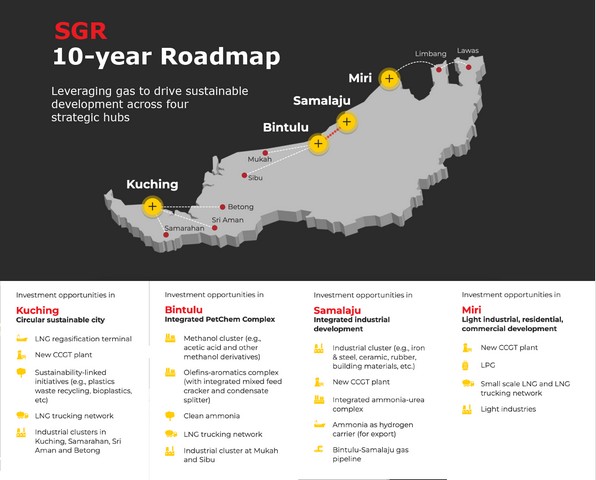
Kuching
In state capital city Kuching, a sustainable, circular ecosystem has been kickstarted; the energy security of the gas hub is set to synergise with innovative resource management and green infrastructure to sync economic growth with environmental responsibility. Simultaneously, Kuching is slated to be the centre of Sarawak’s low-carbon economy with the recently launched Kuching Low-Carbon Hub. The multi-phase development would feature an integrated ecosystem, staring with bringing gas to the new Kuching Combined Cycle Power Plant.
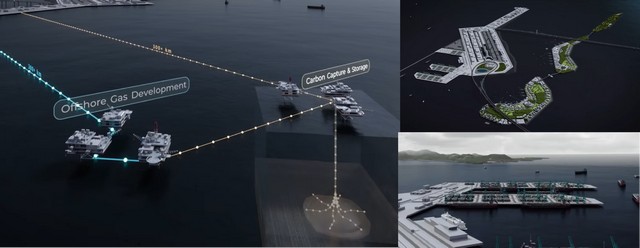
Building on the momentum of SGR, the initiative is intended to:
- Expand gas-fired power generation, ensuring low-carbon intensity energy supply for Sarawak;
- Establish new low-carbon industrial clusters, paving the way for sustainable industries;
- Enhance regional connectivity, positioning Kuching as a gateway to Borneo; and
- Develop world-class Carbon Capture and Storage (CCS) infrastructure, unlocking the potential of offshore gas development in Western Sarawak.
Complemented by critical infrastructure such as a new deep-sea port and logistic terminal to make Kuching a true gateway to Borneo, the Kuching Low-Carbon Hub is projected to attract multiple investments, creating opportunities across Sarawak and beyond.
Bintulu
Meanwhile, the integrated petrochemical hub in Bintulu is to intensify its high-value downstream activities to grow multiple value chains from advantaged feedstock like converting methanol to acetic acid. It is intended to serve as the initial supply node for a virtual pipeline system, bringing gas to consumers statewide.
According to Deputy Premier Awang Tengah, RM100 million is put towards expanding the trunkline and gas network to deliver gas to Bintulu town. The expansion is estimated to hold the potential of benefitting more than 28,000 households, as well as commercial and industrial customers.
The Bintulu Additional Gas Sales Facility (BAGSF-2), which has commenced delivery of feed gas to Sarawak’s first methanol plant, which is expected to start commercial operation in July 2025. By estimations, it is to receive up to 160 million standard cubic feet of gas per day.
Samalaju
Energy-intensive industries is centred at Samalaju, whereby investors have already established operations with cost-competitive access to gas and upstream byproducts. With upcoming opportunities ammonia production, hydrogen export and multiple industrial applications in the works, the location is attracting more to commit multi-billion dollar investments.
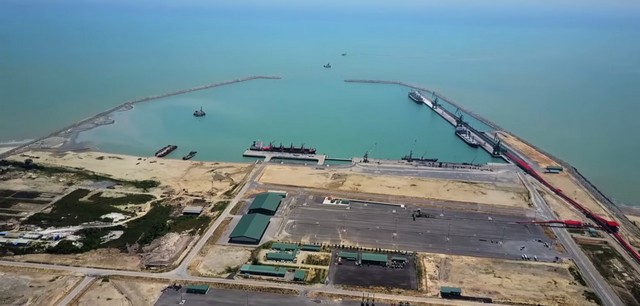
The Sarawak Gas Roadmap Summit on November 2024 revealed further plans — by constructing the 65 kilometre Bintulu-Samalaju gas pipe line to transport natural gas from Bintulu to Samalaju Industrial Park, the full potential of energy-intensive industries is expected to unlock more opportunities for growth. RM1 billion is invested in this project, and it is currently under the detailed design phase — the gas pipe line is currently on track for the first gas in Samalaju industrial park by the end of 2025.
Miri
As the historic home of oil and gas in Malaysia, Miri is the node for Sarawak’s northern virtual pipeline system. The setup is designed to provide greater access to energy and boost light industry, residential and commercial users. As part of the strategy to meet the growing energy needs of Sarawak’s northern region, plans for a new 500-megawatt high-efficiency combined cycle power plant is ongoing with RM2.5 billion invested.
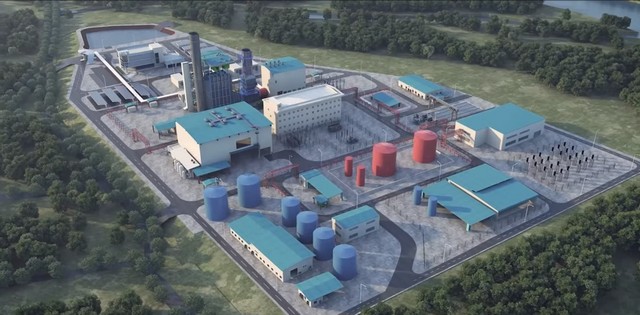
When synergised with the upcoming CO2 terminal, these industries can reduce their carbon footprint and meet global commitment to sustainability without compromising on economic prosperity. With multiple development plans underway, SGR is expected to attract over RM100 billion’s worth of investment over the course of 10 years.
Challenges and Criticisms
Despite its promising framework, the Sarawak Gas Roadmap is not without challenges. Environmental groups have voiced concerns over the potential impacts of increased industrial activities on biodiversity and local ecosystems. Moreover, questions remain about the feasibility and cost-effectiveness of adopting large-scale CCUS and hydrogen production technologies.
Economists have also highlighted the need for comprehensive policies to manage risks associated with over-reliance on gas revenues. Diversification into renewable energy and other sectors is crucial to mitigate market volatility.
Opportunities and Advantages
AmInvestment Bank views the SGR as a strategic step towards bolstering Sarawak’s industrial growth and domestic energy security. The bank noted that increasing the natural gas supply from 450 million standard cubic feet per day (MMscfd) to 1,200 MMscfd by 2030 demonstrates Sarawak’s ambition to meet growing industrial demands while leveraging its competitive advantages, such as low electricity and water tariffs. These factors position Sarawak as an attractive industrial hub within the Asia-Pacific region.
Further, the roadmap’s emphasis on downstream development, including proposed combined cycle gas turbine (CCGT) power stations and low-carbon ammonia plants in Bintulu, could unlock significant economic benefits. Economists highlight that Sarawak’s abundant reserves could drive local economic growth, reduce reliance on exports, and foster value-added industries.
Concerns About Feasibility and Economic Impact
On the flip side, some financial institutions and energy analysts have raised red flags regarding the roadmap’s long-term feasibility and its potential implications for national energy strategies. AmInvestment Bank, for instance, cautions that prioritising domestic consumption at reduced rates might negatively impact Petronas’s upstream earnings, which currently contribute significantly to Malaysia’s GDP. Petronas reported a 12% year-on-year (y-o-y) decline in Q1 FY2024 profit, partly due to lower average realised LNG prices, a trend that could worsen with shifting priorities under the SGR.
The question of funding is another major concern. Petronas, which has historically invested billions in Sarawak’s oil and gas infrastructure, could reduce its capital expenditure in response to reduced profit margins. Analysts estimate that Petronas invested RM26 billion in Malaysia’s oil and gas sector in 2023 alone, much of it in Sarawak. There is uncertainty about whether Petroleum Sarawak Berhad (Petros), as the state’s sole gas aggregator, has the financial capacity to sustain these investment levels.
Petros as Sole Gas Aggregator: A Double-Edged Sword?
The designation of Petros as the sole gas aggregator similarly sparked debate. Proponents argue that it aligns with Sarawak’s efforts to reclaim autonomy over its natural resources, a sentiment rooted in the 1963 Malaysia Agreement. However, critics contend that this shift may inadvertently weaken Sarawak’s bargaining power in international markets. Petronas’s ability to negotiate favourable terms with global energy giants has been integral to Malaysia’s energy sector success, and some industry veterans believe Petros may struggle to replicate this leverage.
Former Petronas chairman Tengku Razaleigh Hamzah has been particularly vocal, arguing that Petros lacks the scale and experience to maintain Sarawak’s competitive edge globally. He warned that reduced investment from Petronas could lead to stagnation in upstream operations, undermining the sector’s growth. While Sarawak’s desire for greater control over its resources is understandable, experts caution against an overly unilateral approach.
Balancing Autonomy and Collaboration
As of January 2025, Petros has been affirmed as Sarawak’s sole gas aggregator, while Petronas retains its national authority under the Petroleum Development Act 1974 (PDA 1974). Prime Minister Anwar Ibrahim emphasised that this arrangement ensures existing agreements with international energy companies remain intact, preserving stability in Malaysia’s oil and gas sector.
The resolution of a negotiation deadlock led to a collaborative framework where Petronas and Petros will jointly manage projects in Sarawak, including exploration and hydrogen ventures. Major gas-related projects requiring substantial financing will continue to involve Petronas, while LNG operations in Sarawak remain under its purview.
Moving Forward
The Sarawak Gas Roadmap is a testament to the state’s commitment to progressive energy development. By balancing industrialisation, sustainability, and community welfare, Sarawak has the potential to become a regional energy powerhouse. However, careful planning, consistent stakeholder engagement, and adaptability to global energy shifts will be crucial to realising this vision.
As Sarawak navigates this transformative journey, it must ensure that its strategies are both inclusive and forward-looking, addressing the immediate needs of its people while safeguarding its resources for future generations. Ultimately, the SGR represents not just a roadmap for energy, but a roadmap for Sarawak’s aspirations to shape its destiny within Malaysia and beyond.
References
- “The Sarawak Gas Roadmap”
- “Sarawak Gas Roadmap 2024 Launch Video”
- “Move to boost domestic gas usage to 30 pct”
- “Sarawak Gas Roadmap expected to attract over RM100 bln investments in next decade, says Deputy Premier”
- “Sarawak O&G projected to surpass RM60 bln in GDP by 2030, says Premier”
- “Petros becomes Sarawak’s aggregator, and China’s natural gas exports have been hit”
- “Analysis: Positive as Petros takes the helm for Sarawak’s gas”
- “Sarawak and Malaysia can’t afford escalating O&G disputes”
- “Malaysia PM says Petronas retains national role after Sarawak gas deal”
- “Petros invests RM2bil in CCGT power plant in Miri”
- “Julaihi: Gas roadmap, low-carbon hub hailed as game-changers for Sarawak’s energy future”


